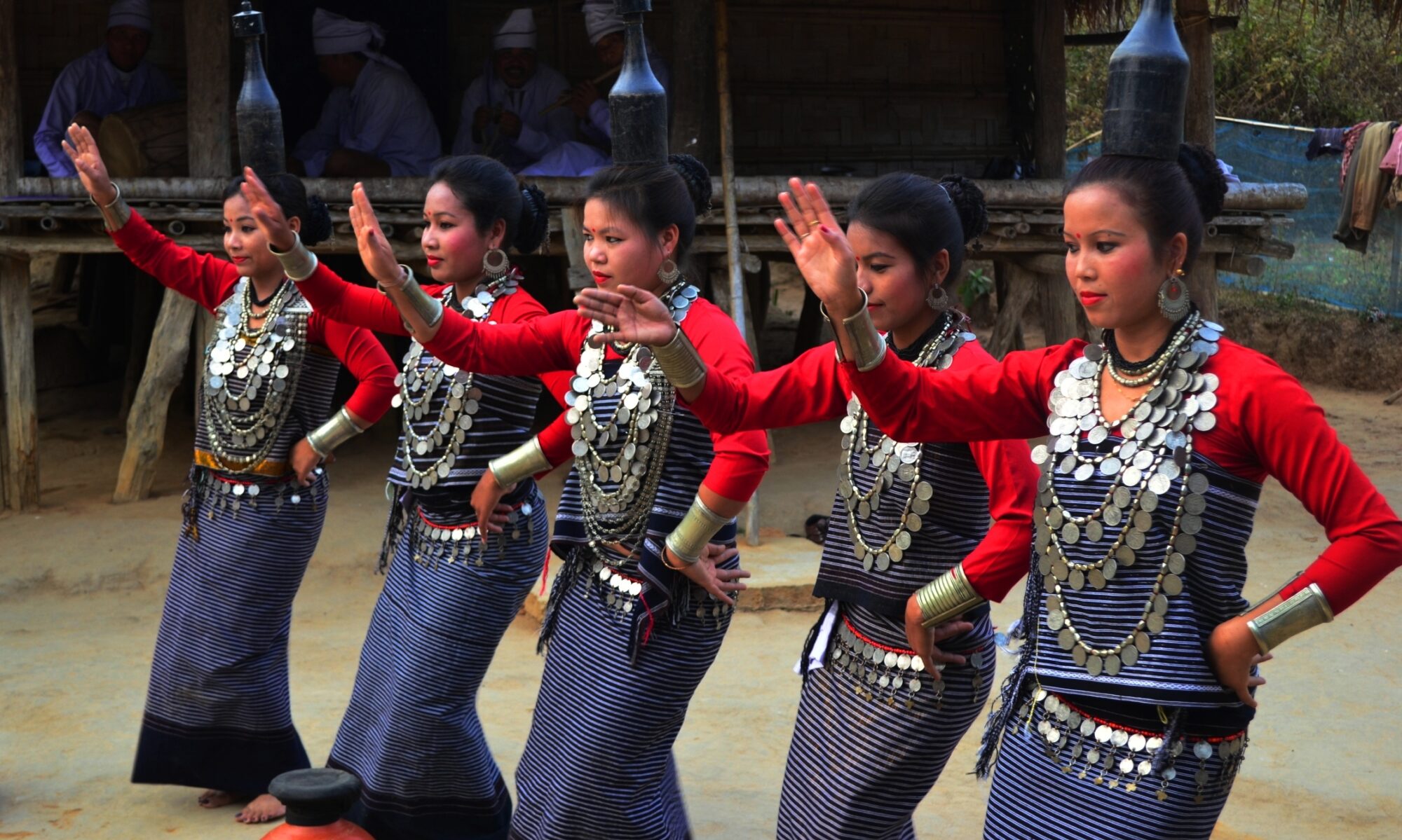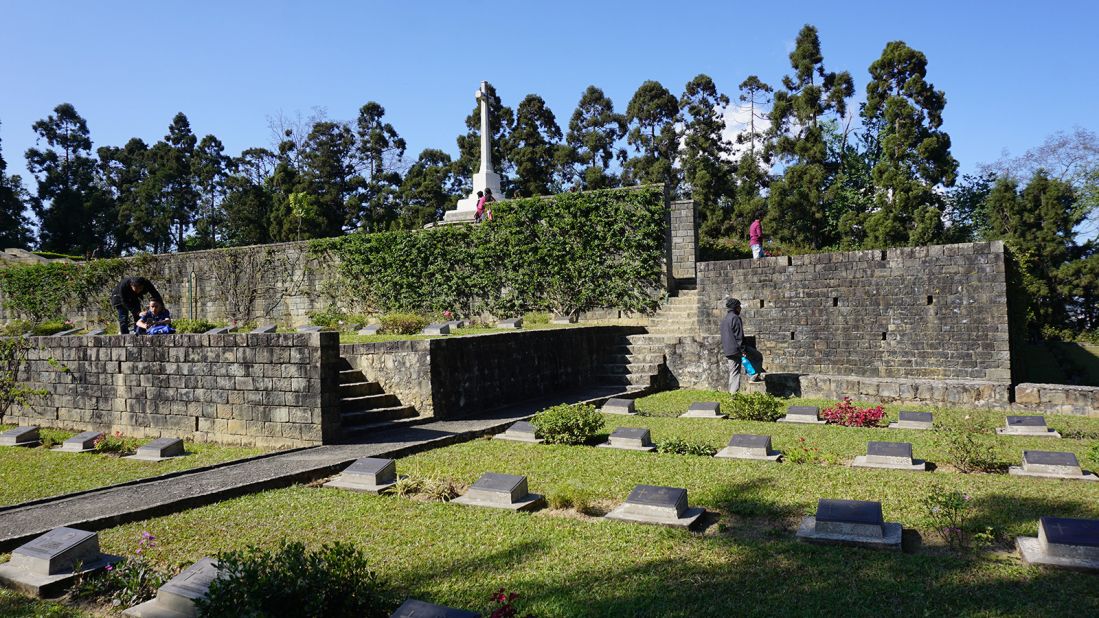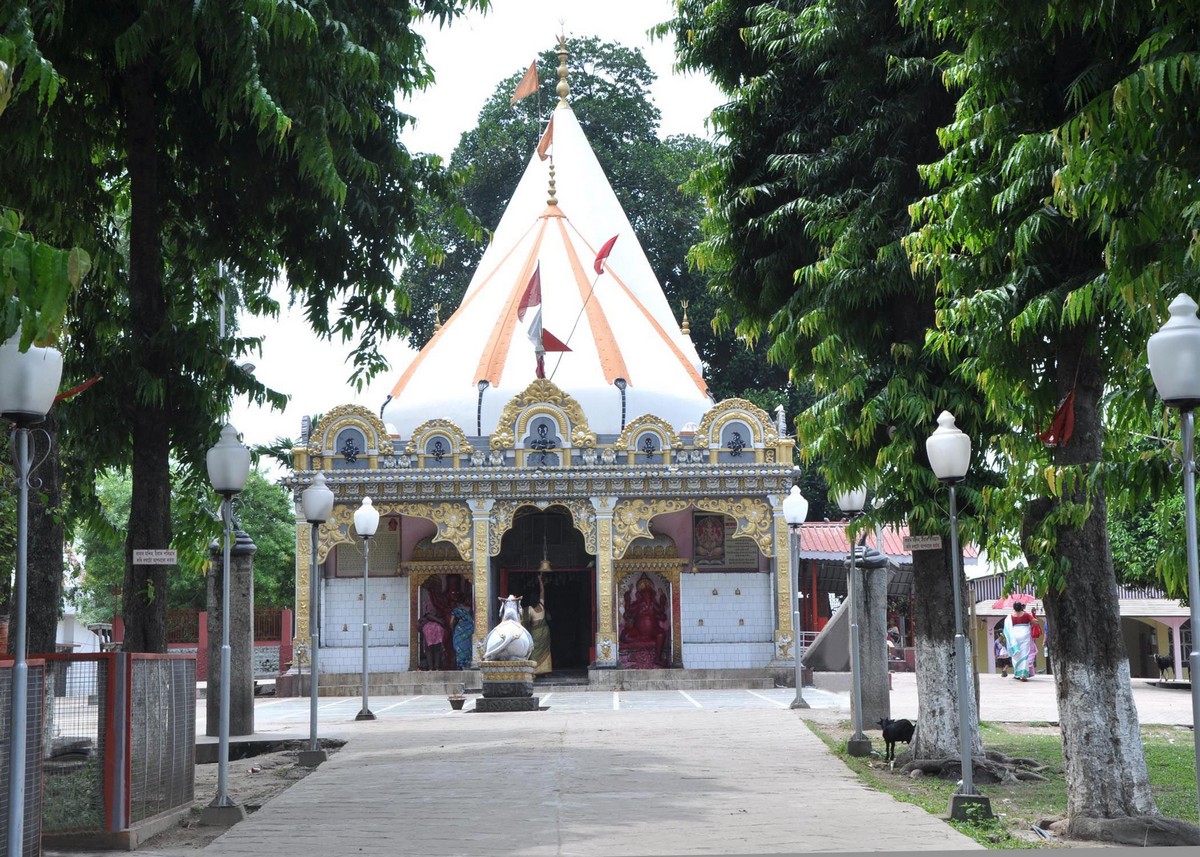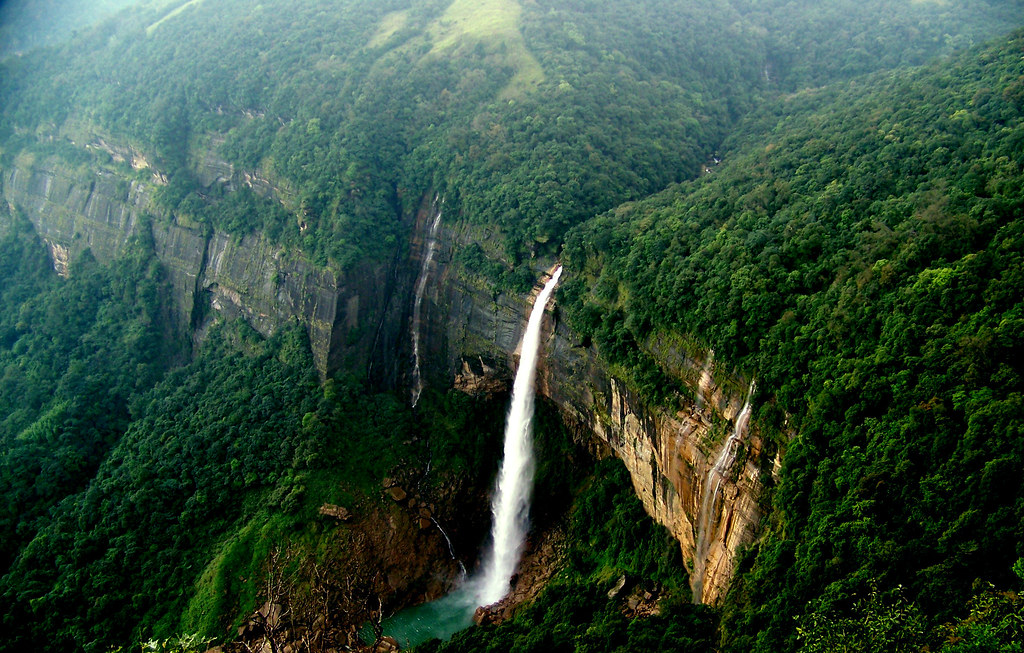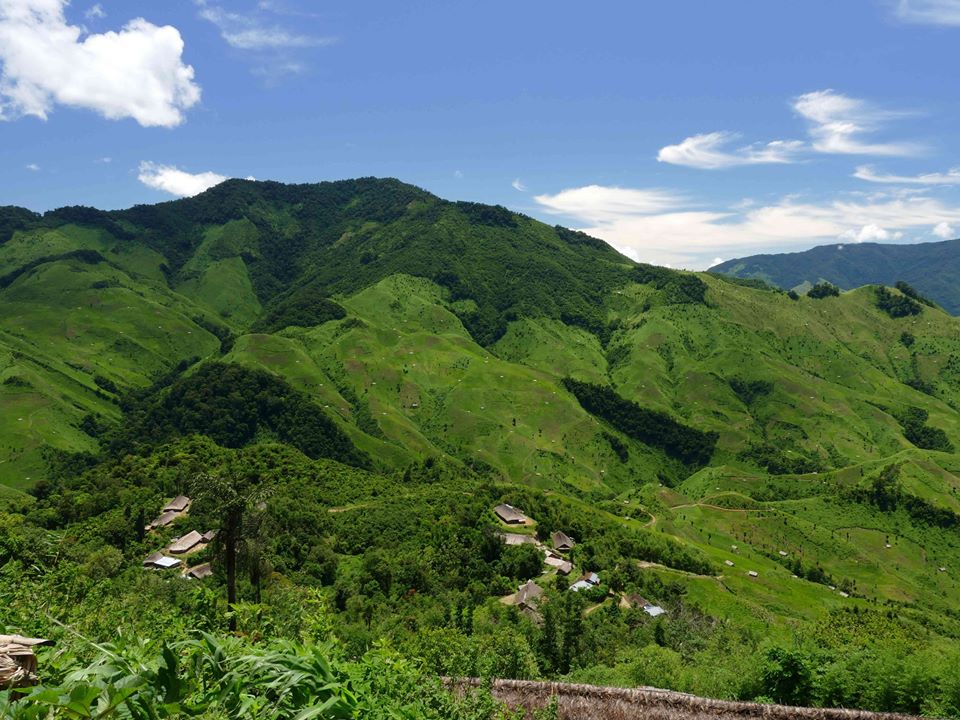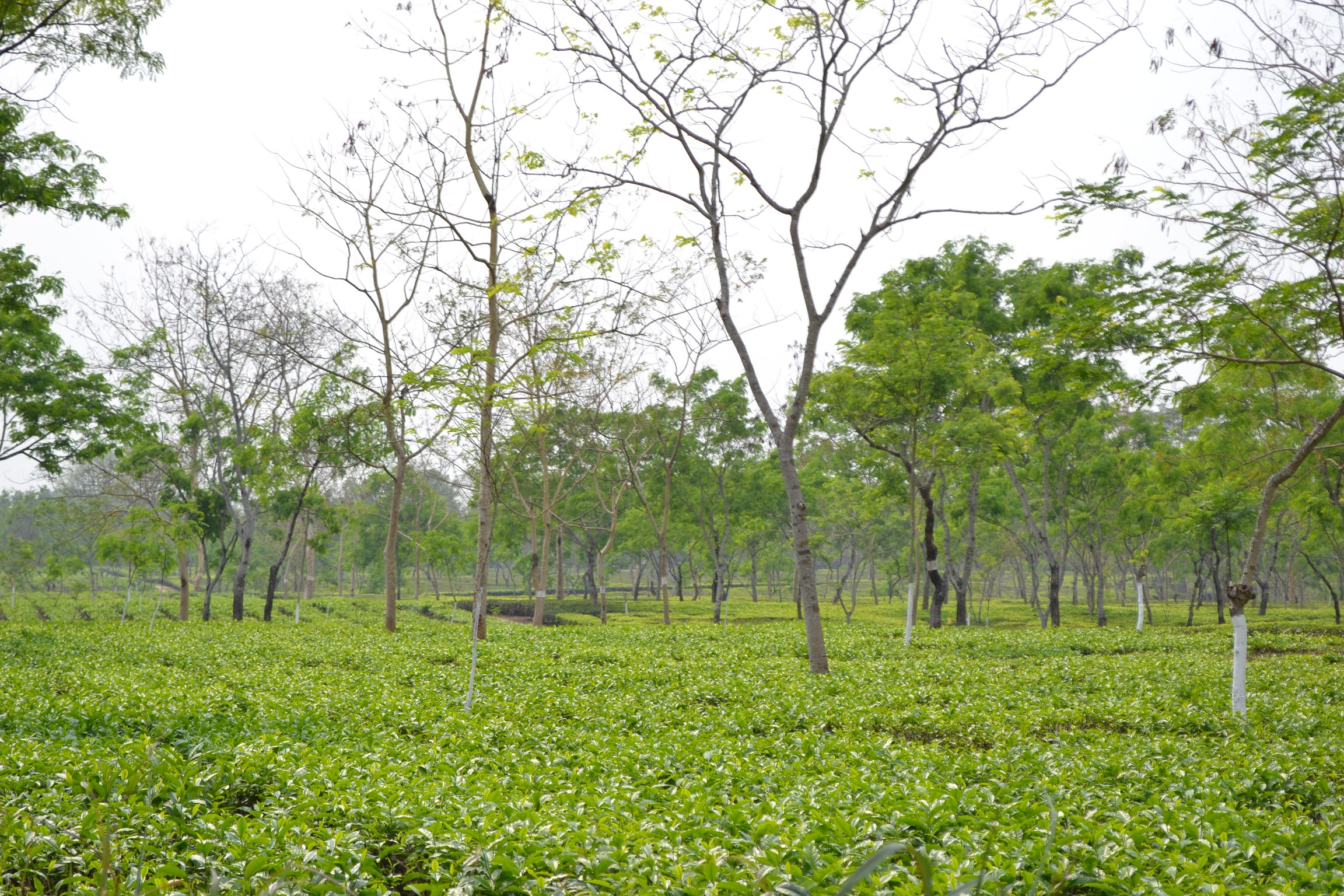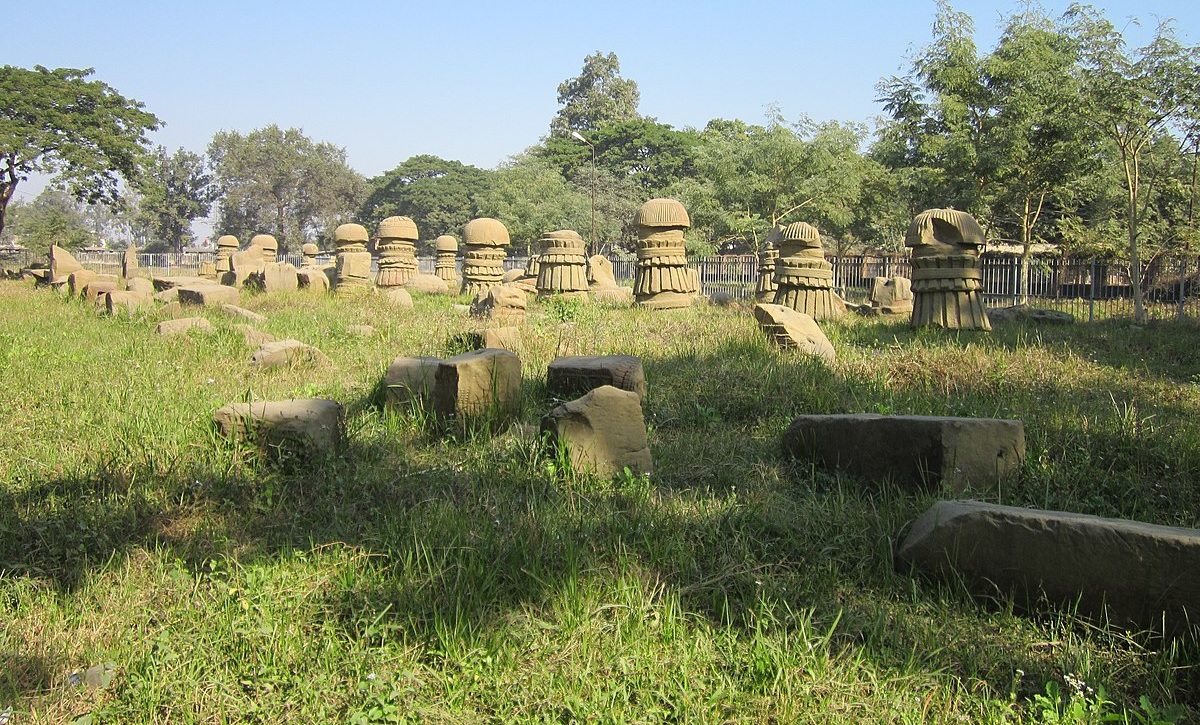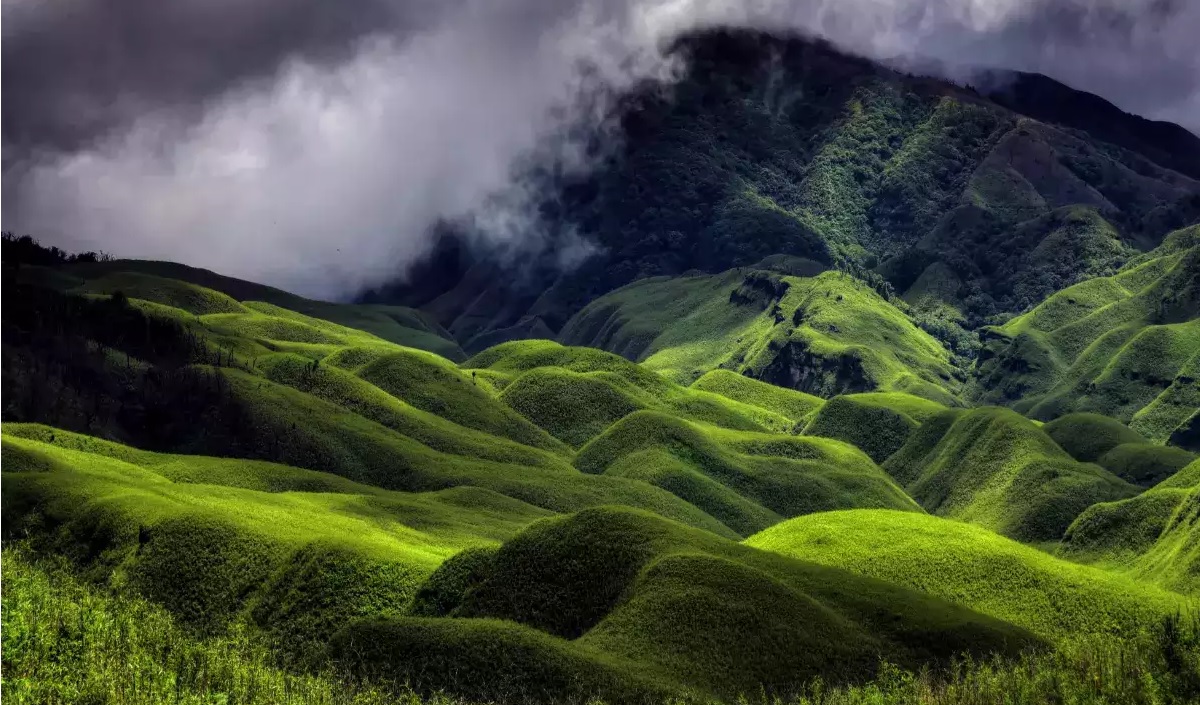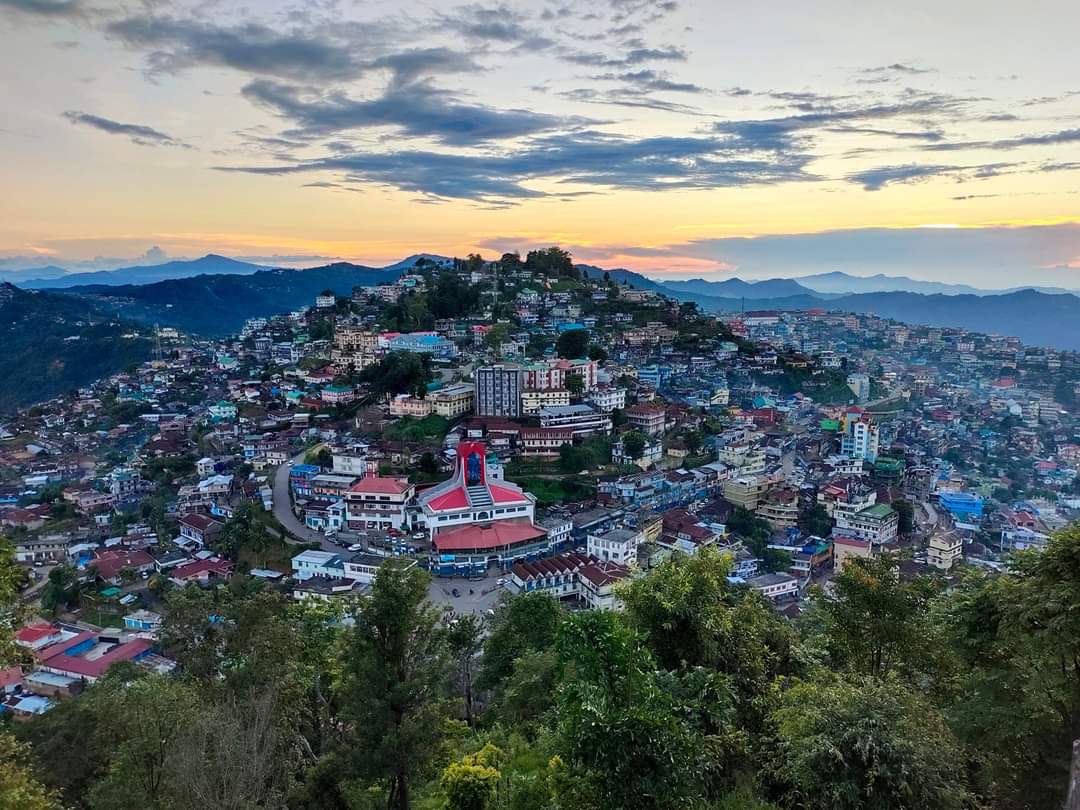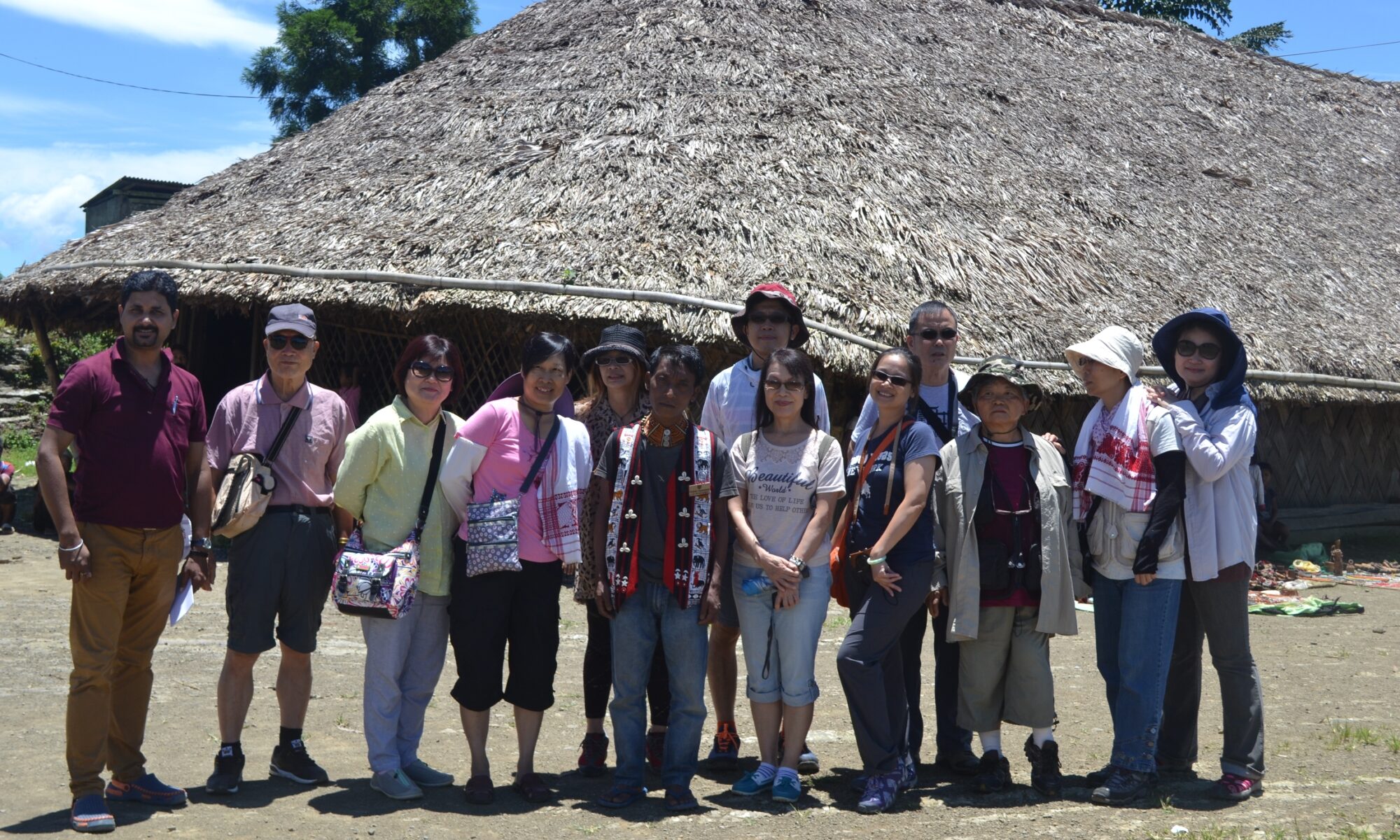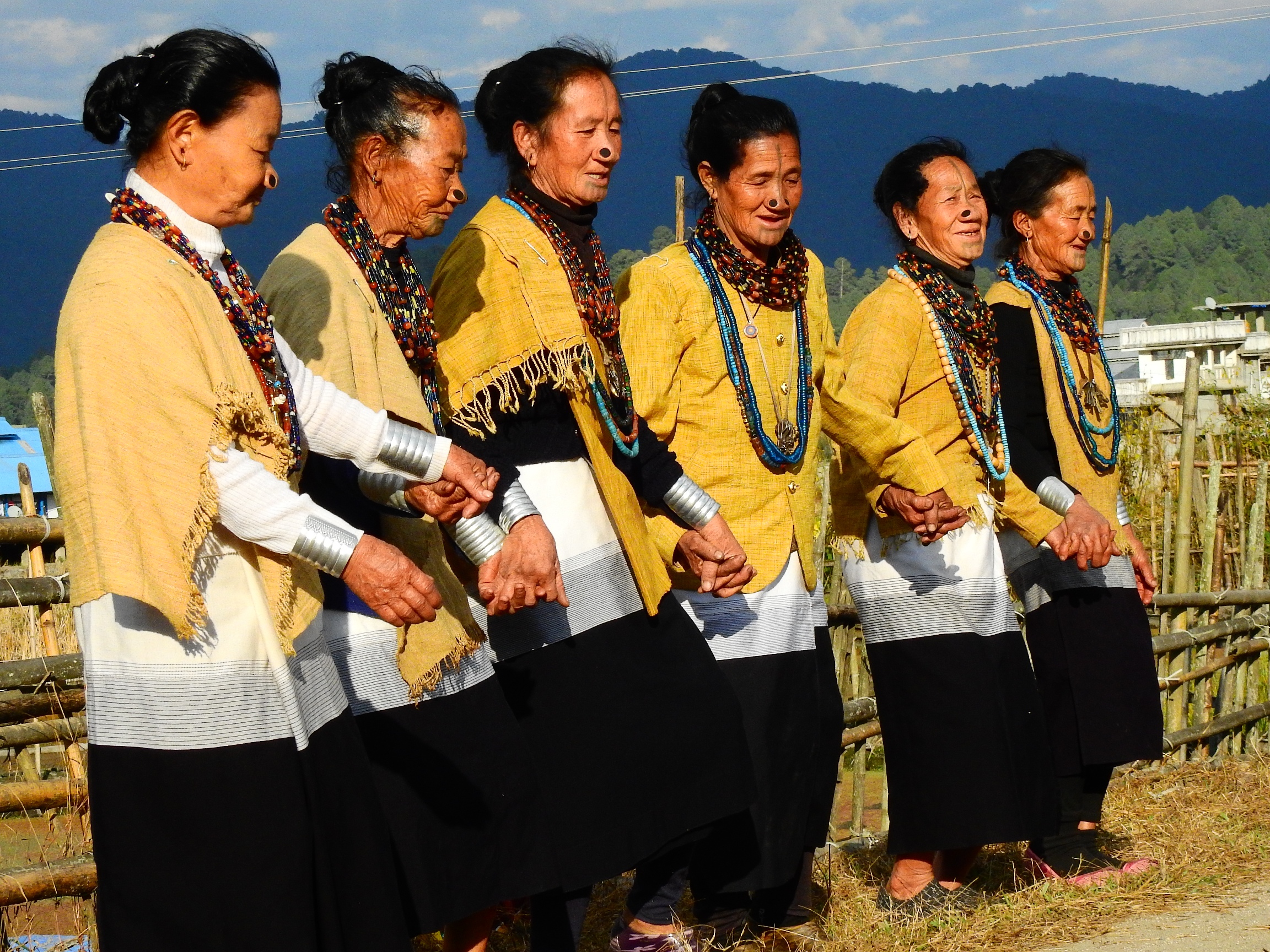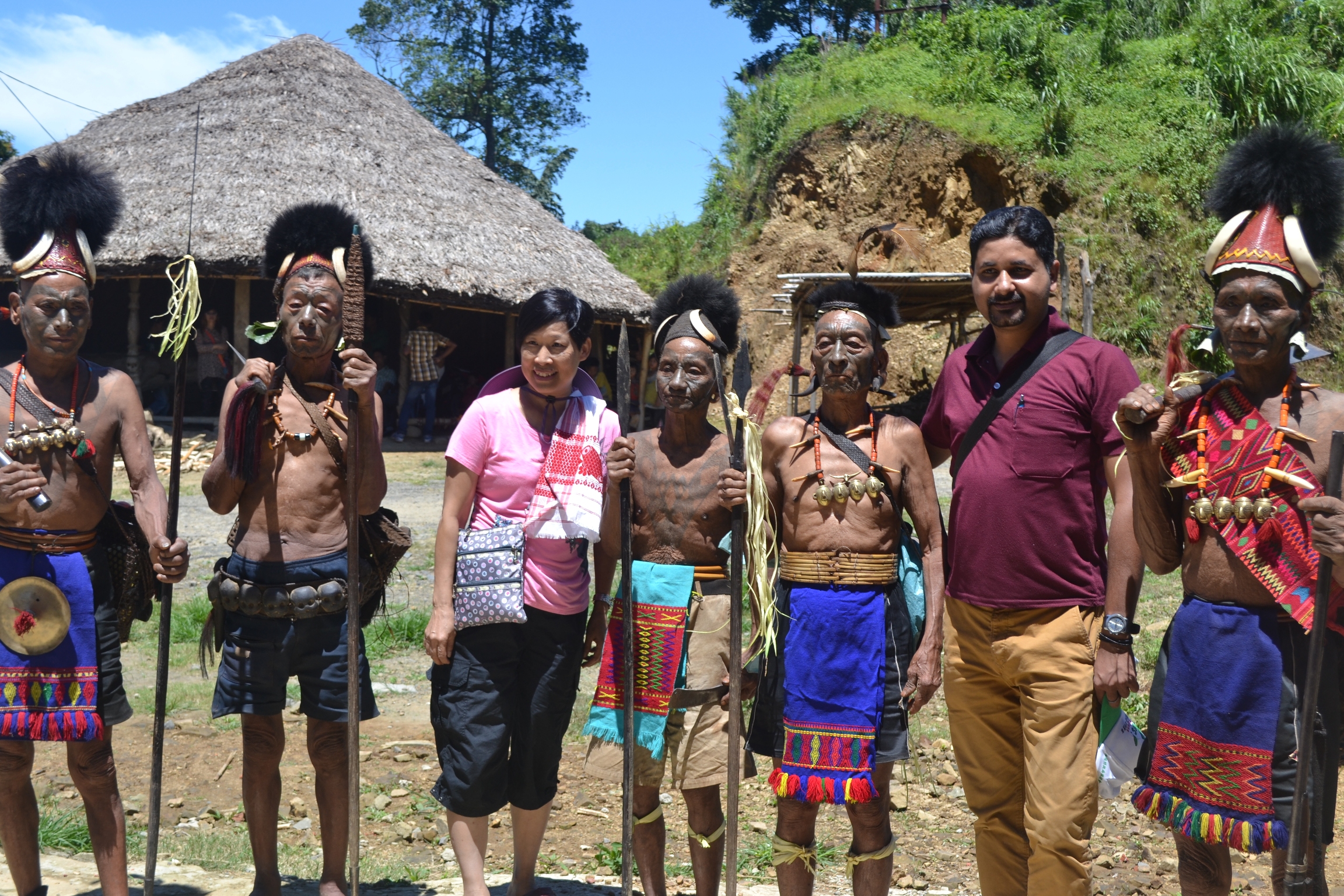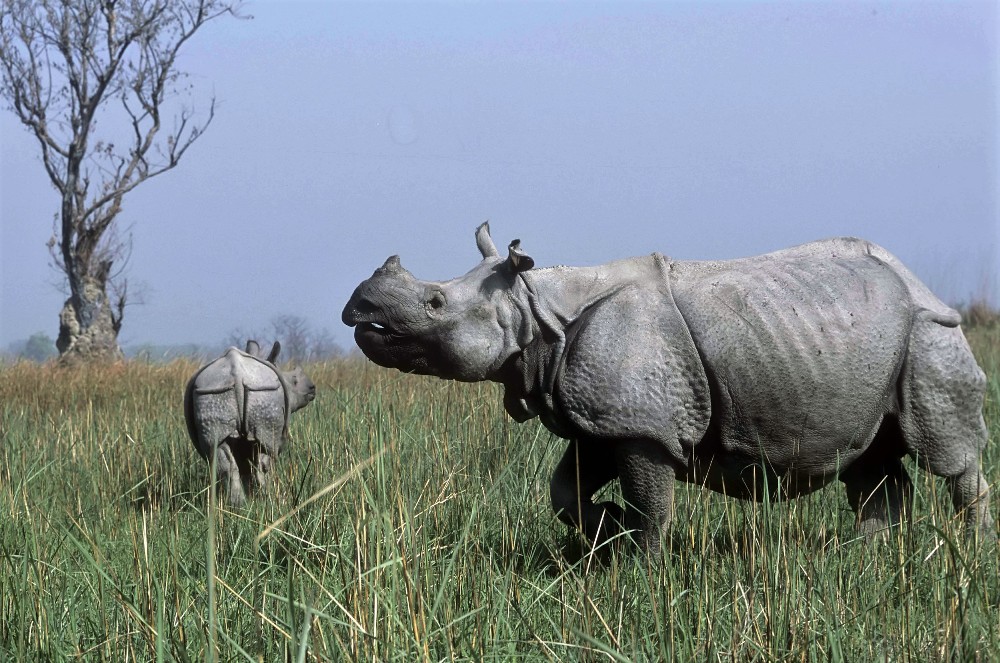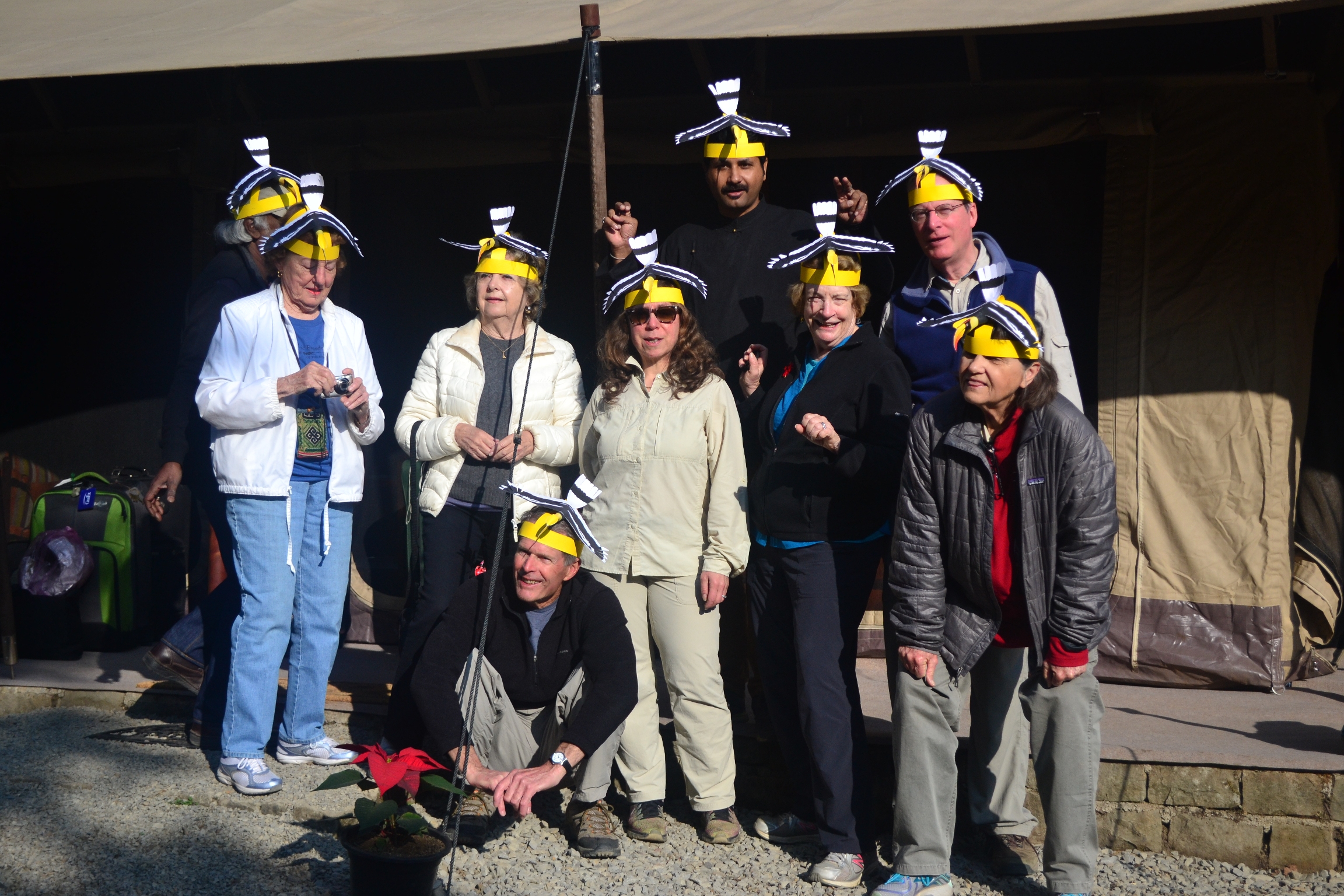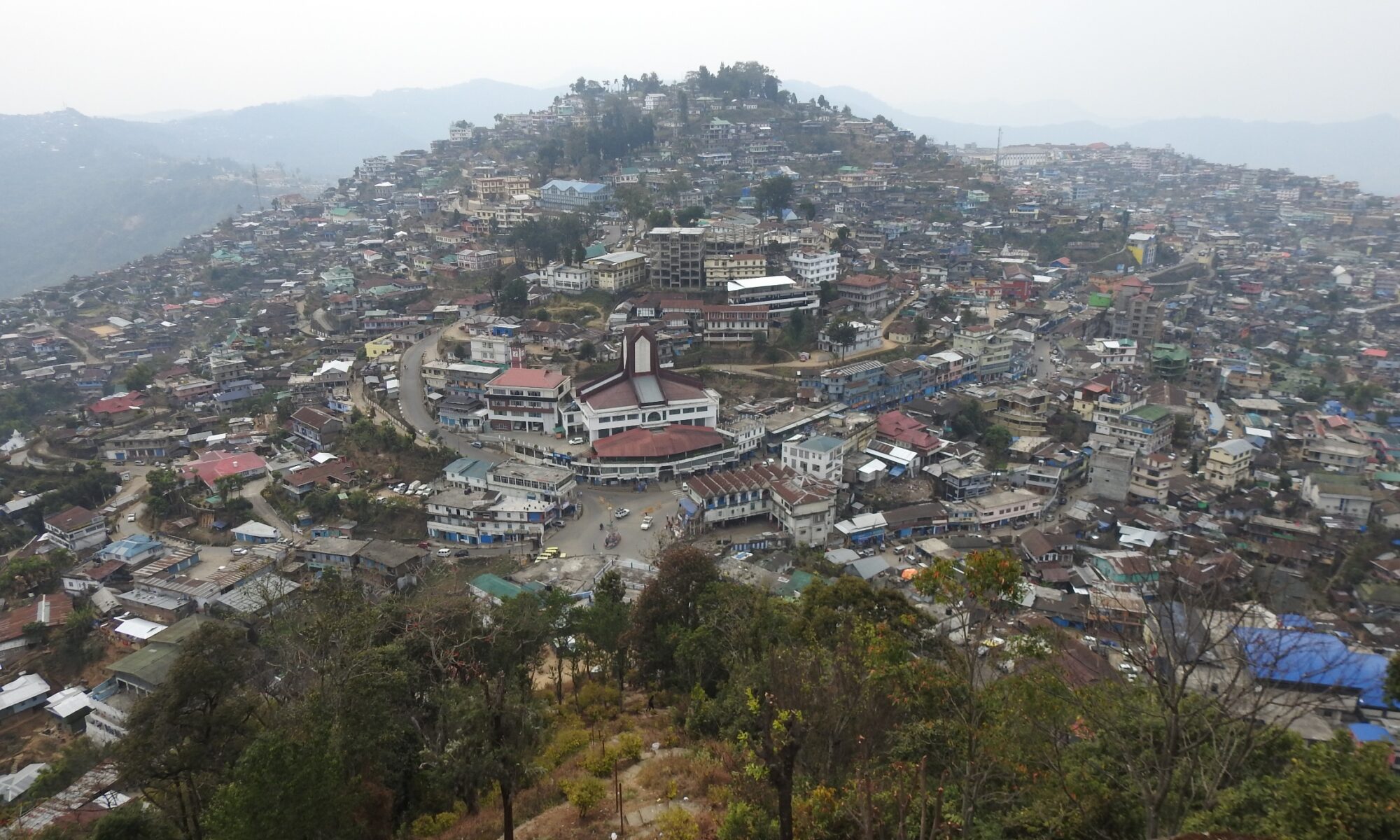Northeast India Cultural Extravaganza
Immerse yourself in the rich cultural tapestry of Northeast India with our 13-day tour that takes you through the fascinating states of Nagaland, Manipur, Tripura, Meghalaya, and Mizoram. This carefully crafted itinerary promises an unforgettable journey filled with vibrant festivals, historical landmarks, natural wonders, and warm hospitality.
The tour begins in Dimapur, and from there, we head to Kohima to experience the grandeur of the Hornbill Festival at Kisama village. Delight in the traditional music, dance, arts, and crafts showcased by various Naga tribes. The journey continues with visits to the WWII Cemetery, Cathedral Church, and the historic Khonoma Village, known for its valiant past.
Moving on to Imphal, Manipur’s capital, you’ll be captivated by the charm of IMA market, entirely run by 3000 women. After a serene visit to the Loktak Lake, we take a flight to Agartala, Tripura, where you’ll explore the majestic Neermahal Palace and attend the Indo-Bangladesh border closing ceremony.
Next, we fly to Shillong, the “Scotland of the East,” to witness the enchanting Umiam Lake and the unique living root bridge in Mawlynnong, the cleanest village in Asia. In Cherrapunji, we’ll explore impressive natural wonders like Nohkalikai Falls and the Mawsmai Cave.
The tour then takes us to the picturesque city of Aizwal, Mizoram, where we’ll visit the state museum, Rieke Peak, Solomen Temple, and the bustling Barra Bazaar.
With a blend of cultural festivals, historical treasures, and breathtaking landscapes, this journey promises an unforgettable experience, leaving you with cherished memories of the vibrant Northeast India.
Detailed Tour Plan
Day 1, Dimapur – Kohima (approx. 75kms/3-4 hrs.)
ON arrival in Dimapur straight drive to Kohima and on arrival transfer to your hotel. Evening free to visit local market. O/n Hotel.
Day 2, Kohima – Kisama village (approx. 12kms/45mins)
After breakfast drive to Kisama village – venue of annually Hornbill Festival. Full day attend the festival & late afternoon drive back and attend the night carnival. Later transfer to your hotel for overnight stay.
Day 3, Kohima
After breakfast on the way to Kisama village visit WWII cemetery & Cathedral Church. Full day attend Hornbill festival & evening enjoy night carnival. O/n in Hotel.
Day 4, Kohima – Khonoma Village (approx. 25kms/45mins-1hrs. one way) – Local sightseeing
After breakfast we drive to Khonoma village – the last village where Nagas fought with British army before they surrender. Afternoon drive back to Kohima and visit Nagaland State Museum with walk around the market area. O/n in Hotel.
Day 5, Kohima – Imphal (approx. 140kms/4-5 hrs.)
Morning drive to Imphal (Manipur) via Mao & Senapati area. On arrival we check in into hotel & later visit IMA market (market run by 3000 womens) in the centre of the city. O/n in Hotel.
Day 6, Imphal – Agartala FLY 6E-525 at 1500/1545
After early breakfast drive to Loktak lake (approx. 45kms/1 ½ hrs one way) & afternoon drive back to Imphal airport for your flight to Agartala. On arrival in Agartala transfer to hotel, if time permits visit Ujjanta Palace. O/n in Hotel.
Day 7, Agartala
Full day visit of Neermahal Palace in Rudrasagar Lake, Tripurasundari Temple in Udaipur & Indo-Bangladesh border to attend closing ceremony of border gate between the two countries. O/n in Hotel.
Day 8, Agartala – Shillong FLY 6E-7954 at 0930/1025
After early breakfast transfer to airport for your flight to Shillong. ON arrival visit Umiam lake & transfer to hotel. Evening walk around The Police Bazaar & O/n in Hotel.
Day 9, Shillong – Dawki – Mawlynnong – Shillong (approx. 190kms/4-5 hrs. bothway)
Morning drive to Dawki and visit Umngot river, Indo-Bangladesh border, later visit Mawlynnong-cleanest village of Asia & Riwai village to visit Living Root Bridge. Afternoon drive back to Shillong for overnight stay.
Day 10, Shillong – Cherrapunjee – Shillong (approx. 120kms/3-4 hrs. both way)
After breakfast go for a day excursion to Cherrapunji with enroute visit of Shillong Peak and Elephant Falls. Later proceed to Cherrapunji & visit Arwah Cave, Nohkalikai Falls, Mawsmai Cave & Seven sisters water fall (one of the longest in India). Later drive back to Shillong for overnight stay.
Day 11, Shillong – Aizwal FLY 9I-756 at 1250/1345
After relaxed breakfast transfer to airport for your flight to Aizwal & on arrival in Aizwal airport drive to Aizwal city (approx. 35kms/2-3 hrs.). O/n in Hotel.
Day 12, Aizwal
Full day visit of Mizoram state museum, Rieke peak, Solomen Temple & Barra Bazaar. O/n Hotel.
Day 13, Aizwal – Kolkata FLY 6E-433 at 1120/1225
END OF OUR SERVICES.
Tour FAQs
Q: What is the duration of this tour?
A: The tour spans 13 days, offering an immersive experience of Northeast India’s cultural diversity and natural beauty.
Q: What is the highlight of Day 2 in Kohima?
A: Day 2 in Kohima is dedicated to attending the Hornbill Festival at Kisama village, where you can witness the vibrant celebrations of traditional music, dance, arts, and crafts of various Naga tribes.
Q: What historical landmarks are visited on Day 4 in Kohima?
A: On Day 4 in Kohima, you’ll visit the WWII Cemetery, a poignant reminder of the region’s history, and the beautiful Cathedral Church.
Q: What unique experience awaits in Agartala, Tripura?
A: In Agartala, you’ll visit the enchanting Neermahal Palace situated on Rudrasagar Lake and attend the closing ceremony of the Indo-Bangladesh border gate.
Q: What is the significance of Day 9’s visit to Mawlynnong?
A: Day 9 includes a visit to Mawlynnong, known as the cleanest village in Asia, where you can explore its pristine surroundings and visit the remarkable Living Root Bridge in Riwai village.
Q: Is there any cultural event in Mizoram?
A: Yes, Day 12 in Aizwal, Mizoram, allows you to experience the rich cultural heritage through visits to the Mizoram State Museum, Rieke Peak, Solomen Temple, and the bustling Barra Bazaar.
Q: What are the major transportation modes used in the tour?
A: The tour involves road travel between various destinations, domestic flights, and ferry transfers for certain excursions.
Q: Can you elaborate on the Hornbill Festival in Kohima?
A: The Hornbill Festival is an annual event held at Kisama village, showcasing the diverse culture and traditions of Nagaland’s tribes through music, dance, handicrafts, and food.
Q: Are the accommodations included in the tour package?
A: Yes, accommodations are provided throughout the tour at comfortable hotels in each destination.
Q: What is the best time to embark on this tour?
A: The best time for this tour is typically during the festival season, which is around December when the Hornbill Festival takes place in Kohima, offering a unique cultural experience.
